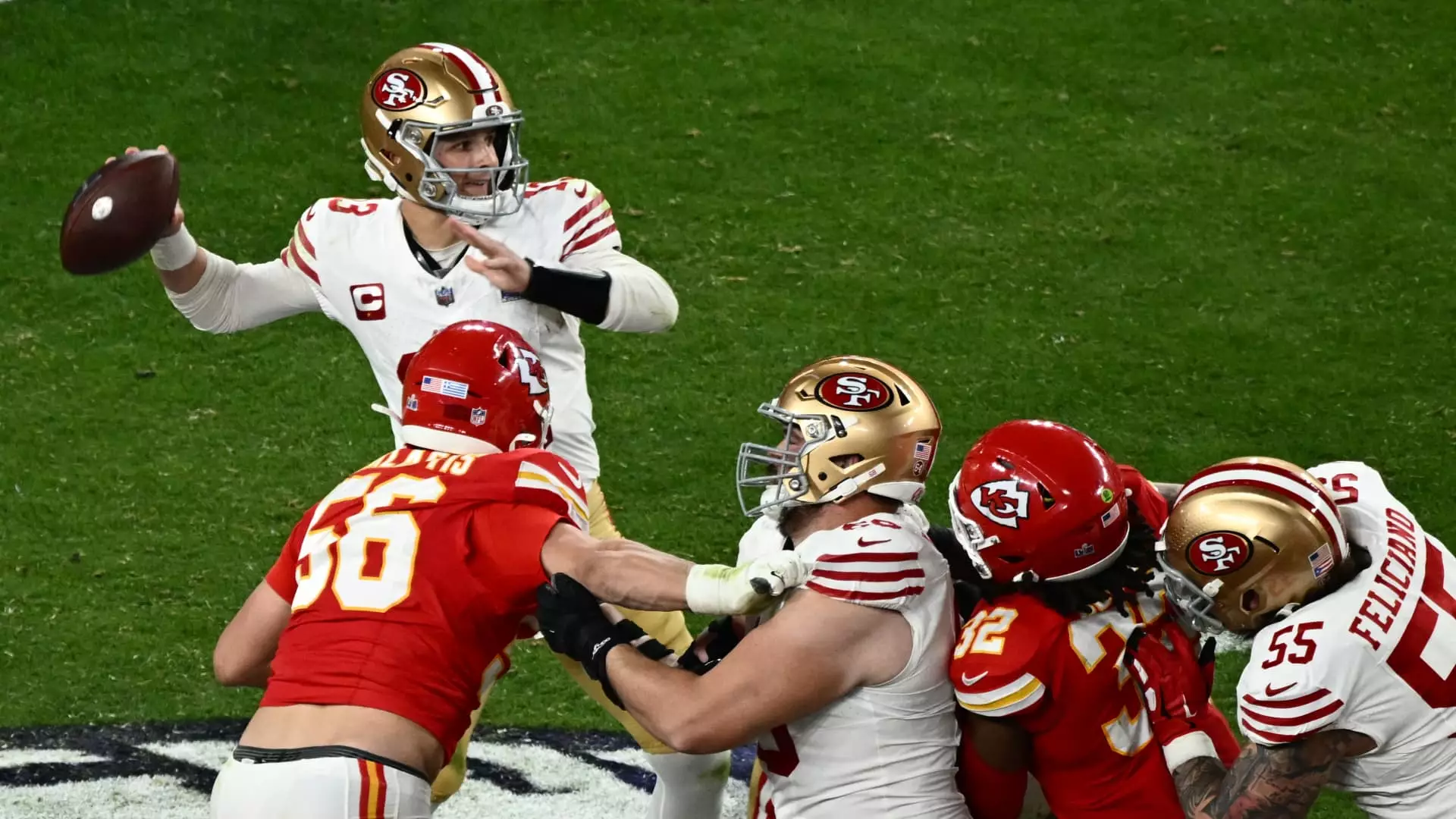In the realm of professional sports, the art of talent evaluation has often been a contentious issue, particularly within the National Football League (NFL) and the world of soccer. The saga of Brock Purdy, the last pick of the 2022 NFL Draft, epitomizes this ongoing struggle. As the quarterback of the San Francisco 49ers, Purdy transformed skepticism into acclaim by leading his team to the Super Bowl, despite being selected 262nd overall. His rise challenges conventional scouting wisdom and highlights a growing need for innovative evaluation methods.
Al Guido, president of the 49ers, emphasizes the inadequacies of current scouting systems, especially when traditional metrics fail to capture a player’s potential. Purdy’s unexpected success serves as a testament to the oversights prevalent in these evaluations. His case raises a critical question: can artificial intelligence offer a significant upgrade to the talent assessment process? Guido expresses optimism about harnessing AI to analyze key statistics and traits that are often overlooked in traditional scouting efforts. The implications of this approach could radically reshape how teams approach recruitment and player development.
Guido’s insights extend beyond American football. The 49ers’ ownership group also manages Leeds United, an English football club entrenched in a sport that operates on a global scale. The multifaceted nature of soccer, with its myriad leagues and competition levels, poses unique challenges for talent assessment. Talent can emerge from anywhere, complicating the standardization of evaluation practices. Guido pointedly notes that a player could be scouted from virtually any corner of the world and still find their way onto a premier team in the English leagues. This global perspective necessitates an advanced statistical approach to scouting, leveraging AI to process the vast amounts of data produced in different leagues.
For the 49ers, blending traditional scouting methods with innovative analytics and “the science” is pivotal to their evaluation process. This hybrid model promises to enhance the identification of player traits that correlate with success, beyond what conventional wisdom suggests. The integration of AI into the scouting framework can amend the blind spots of past evaluations, potentially preventing the oversight of talents like Purdy. As Guido puts it, the future of scouting lies in using technology to better define “what a good player looks like”—a goal that could streamline recruitment strategies across the NFL and soccer.
As Purdy approaches a critical juncture in his career—contract negotiations this offseason—the ripple effect of his performance captures broader industry attention. The case of Brock Purdy is not merely an isolated phenomenon; it embodies a paradigm shift in how organizations evaluate talent. As the 49ers and other franchises embrace AI and advanced analytics, the potential for more accurate assessments of player capabilities could redefine recruitment processes across all sports. It’s a transition that promises not only to improve the chances of finding overlooked gems but also to enhance the overall competitive balance in professional sports. The journey towards a more informed evaluation process is underway, and it may very well set new standards in player scouting for years to come.

Leave a Reply